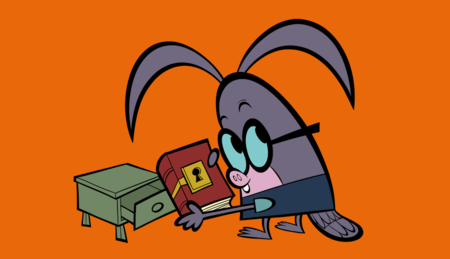High-frequency words are words that appear commonly in children's books. These are also worth learning by sight. Examples of high frequency words include words such as are and she. Many high-frequency words can also be irregular such as put and was; children are not taught to pronounce s as a /z/. There are many wordlists that consist of both high-frequency words and irregular words.
The two most common sight word lists teachers use are the Dolch list and the Fry list. Both the Dolch and Fry word lists are based on reviews of the most frequently occurring words in the English language. However, they include words that are both irregular and words that can be sounded out.
The Dolch list contains 315 high-frequency words. Dolch sight words are based on high-frequency words that students in Kindergarten, First Grade, and Second Grade encounter in children’s books. Dolch words are listed by age group (e.g. Kindergarten, Grade 1, etc.).
Dr. Edward Fry developed the larger Fry list in the 1950s and updated it in 1980. The Fry list contains 1,000 high-frequency words ranked by order of frequency. This list is based on the most common words to appear in reading materials used in Grades 3-9. However, given the emphasis given on decoding words using phonics, contemporary literacy experts advise that not too many words are learned by sight -- a child only needs to learn the 200-300 high frequency ones that would help them speed up their reading but the rest they should be able to sound out.
Generally, children are expected to master around 50 high-frequency words by the end of Kindergarten/Reception and 100 by the end of First Grade/Year 1. Both Dolch and Fry words can be taught in any order (within their respective age or level categories). The Dolch list comprises words that are suitable for Kindergarten and First Grade, while only the first 100 Fry words are suitable for Kindergarten and First Grade. For younger students, instruction generally starts with short words that appear frequently in the texts they are reading, such as a, the, an, can, is, of, you, he, and I.
Sight words: The difference between irregular and high-frequency
Amelia Mehra
Mon, Jun 12, 23
3 minutes read

Deep Dive
Read our report on the Science of Reading. Research-based reading instruction must incorporate the 5 pillars of reading: phonemic awareness, phonics, fluency, vocabulary, and comprehension. This report provides an easy to understand overview of each of these pillars and explains the important connection between how the brain learns to read (the Neuroscience of Reading) and how we teach children to read (The Science of Reading Instruction). It also explains why helping children build connections between letters and sounds, through phonics and phonemic awareness, is so crucial for the developing reading mind. This report is perfect for sharing with colleagues and friends!CCSS ELA Literacy K-2,Foolproof Phonics App,ELA K-2,ELA Kindergarten,ELA 1st Grade,ELA 2nd Grade,
Explore more on
Related Free Resources

The benefits of shared reading according to neu...
Amelia Mehra
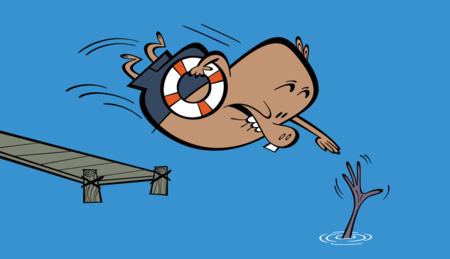
What it means to learn words in context
Amelia Mehra
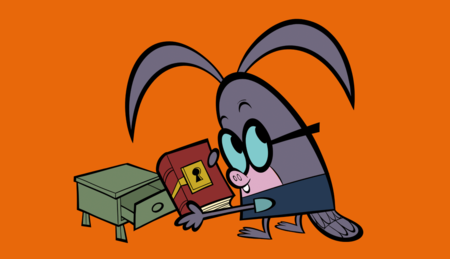
Writing makes you happy
Amelia Mehra

The science of humor: why laughing helps you learn
Amelia Mehra
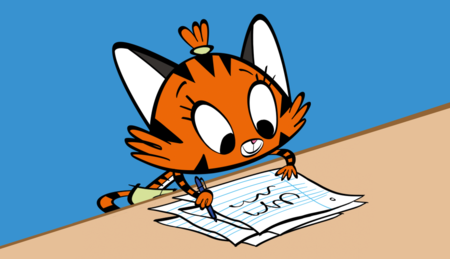
How does handwriting practice reinforce reading...
Amelia Mehra
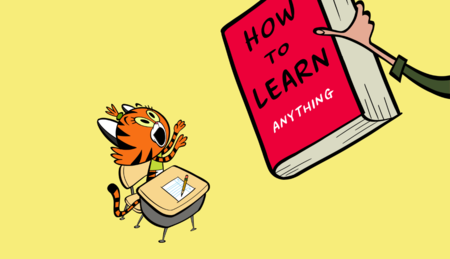
What is word consciousness and how can it be bu...
Amelia Mehra
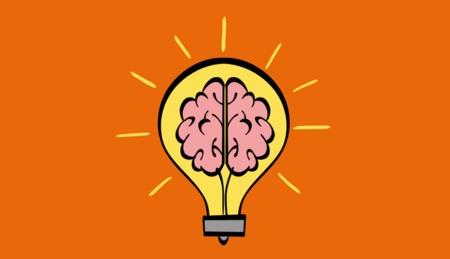
What is phonological awareness?
Amelia Mehra
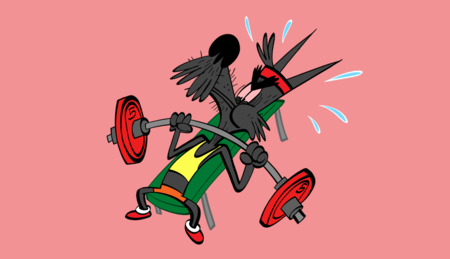
Why don’t children just learn whole words?
Amelia Mehra
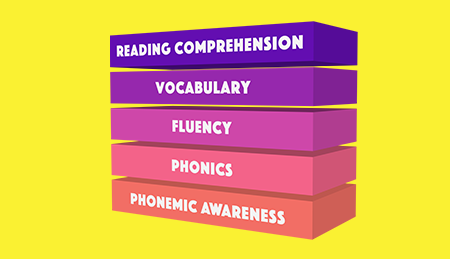
The five blocks of the Science of Reading
Amelia Mehra
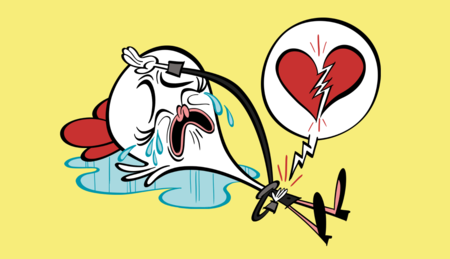
Why words matter to kids' social development
Amelia Mehra

Teach challenging words early to accelerate lif...
Amelia Mehra
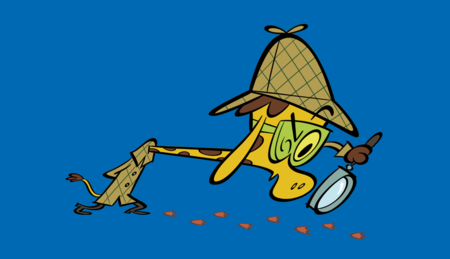
Why word context is crucial for children with d...
Amelia Mehra
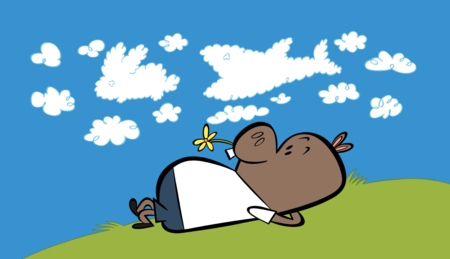
Why is teaching vocabulary so important?
Amelia Mehra
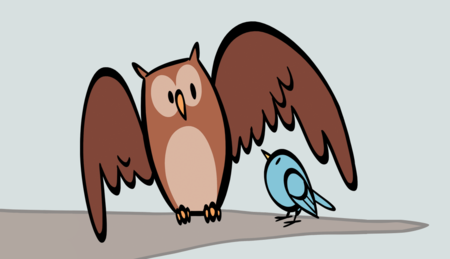
Make the most of reading time: advice from a he...
Amelia Mehra
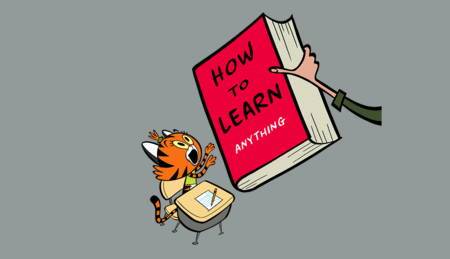
How to help children develop phonological and p...
Amelia Mehra
X


